Industry
The urban development as a consequence of the industrialisation favoured the expansion and capitalist development of the canning industry, which supplied products whose nature prevented them from reaching the inland cities in optimum condition.
The extensive Asturian coastline and its deep-rooted fishing tradition were the basis for the birth of an important fish canning industry. It first supplied the industrial regional centres and later, with the opening of the railway to the plateau, the rest of Spain. Madrid stood out as a major customer for this type of production. Thus, in 1900, Asturias was the second area (after Galicia) in the national production of canned fish, with salting and canning factories springing up in most of the coastal towns, a process that was further stimulated during World War I. One of the main characteristics of the canning factories was the feminisation of their workforce. Together with the tobacco factories, it was one of the main means of incorporating women into factory work in the early decades of the 20th century.
One of these enclaves was San Juan de La Arena. At the beginning of the century there were already two canneries operating here, mainly for sardines and anchovies from the Cantabrian Sea. Later, several plants were also added. However, Lis cannery is noteworthy because of the singularity of the building that housed the company, which is still active today, although for other purposes. Originally conceived as a hotel and casino, this building was used for other purposes before turning into a cannery after the Spanish Civil War, such as a cinema, a dance hall or a church. The building is made of whitewashed masonry on the outside and exposed masonry on the inside, where the brickwork surrounding the bays can be seen. It is organised on two storeys and distributed into two volumes - one of which occupying a corner - connected by a terrace. This complex is an unusual example of this type of building.

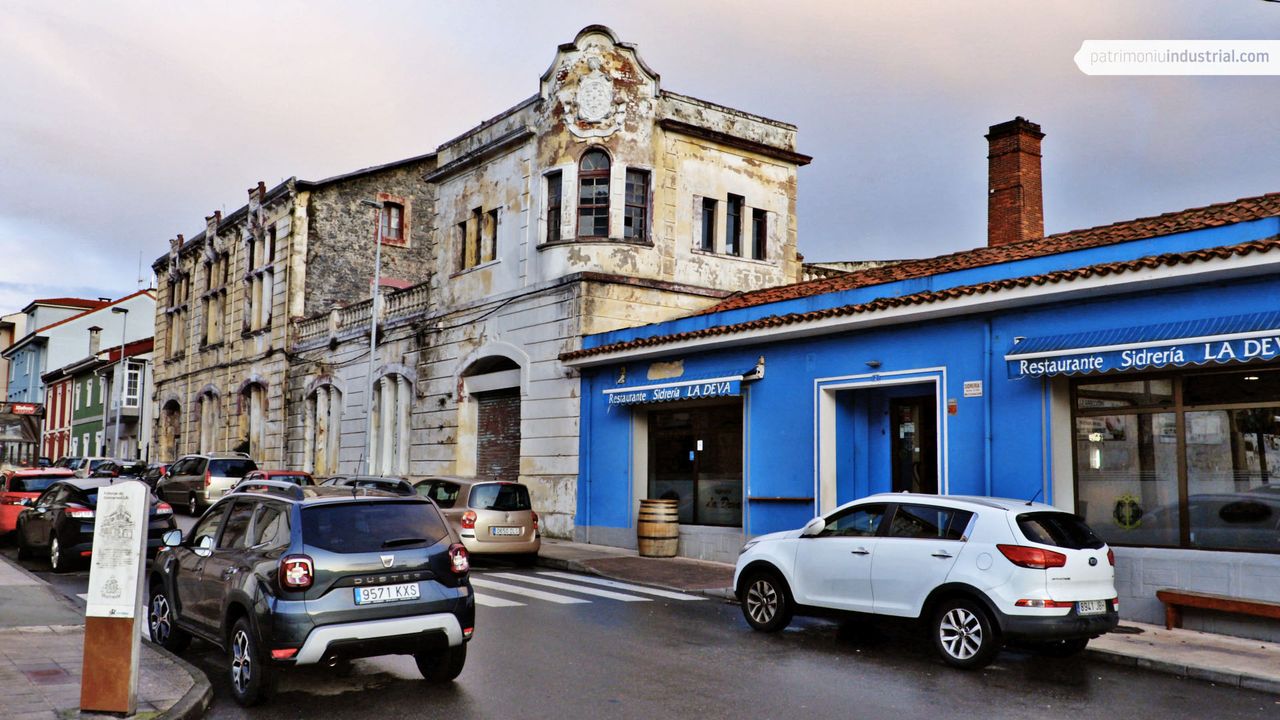
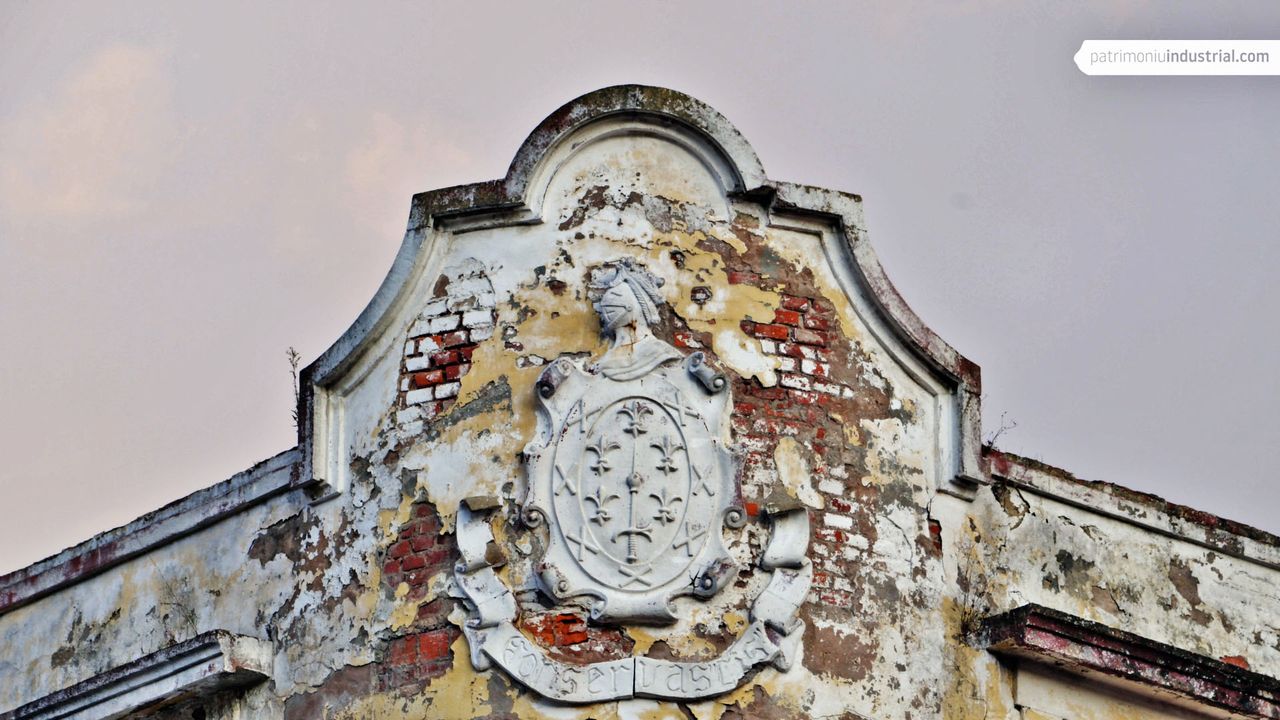

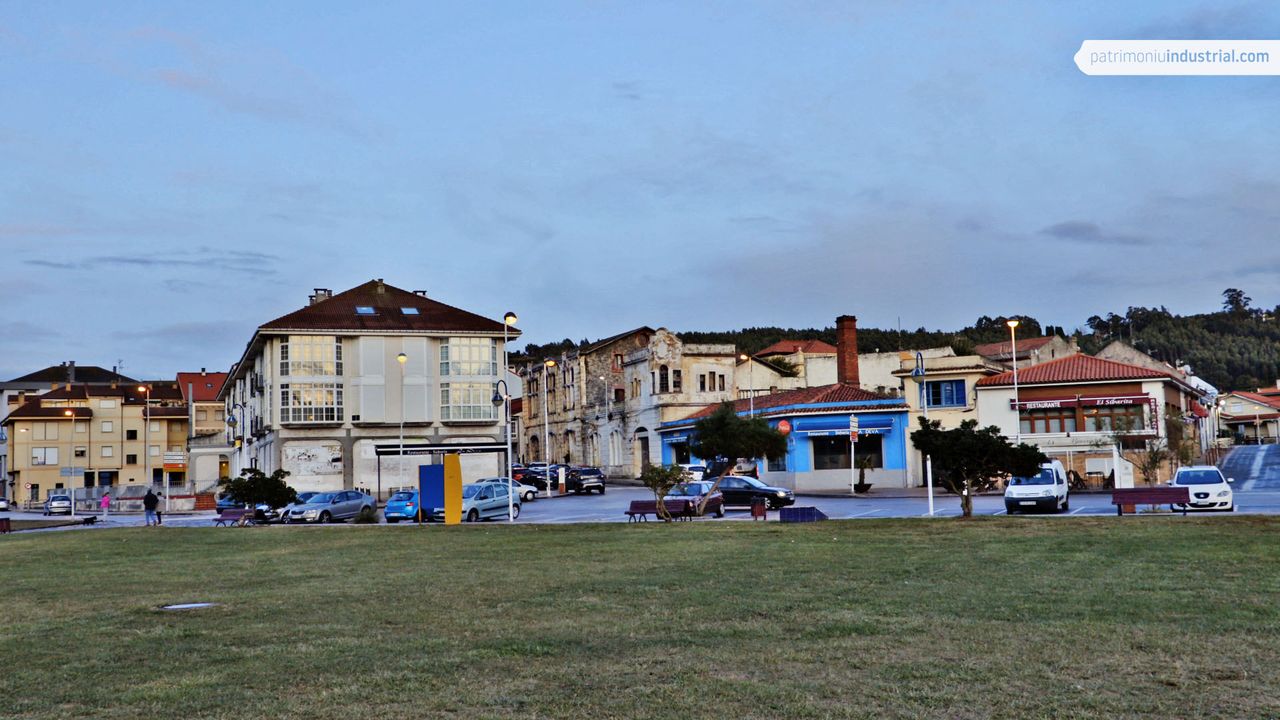
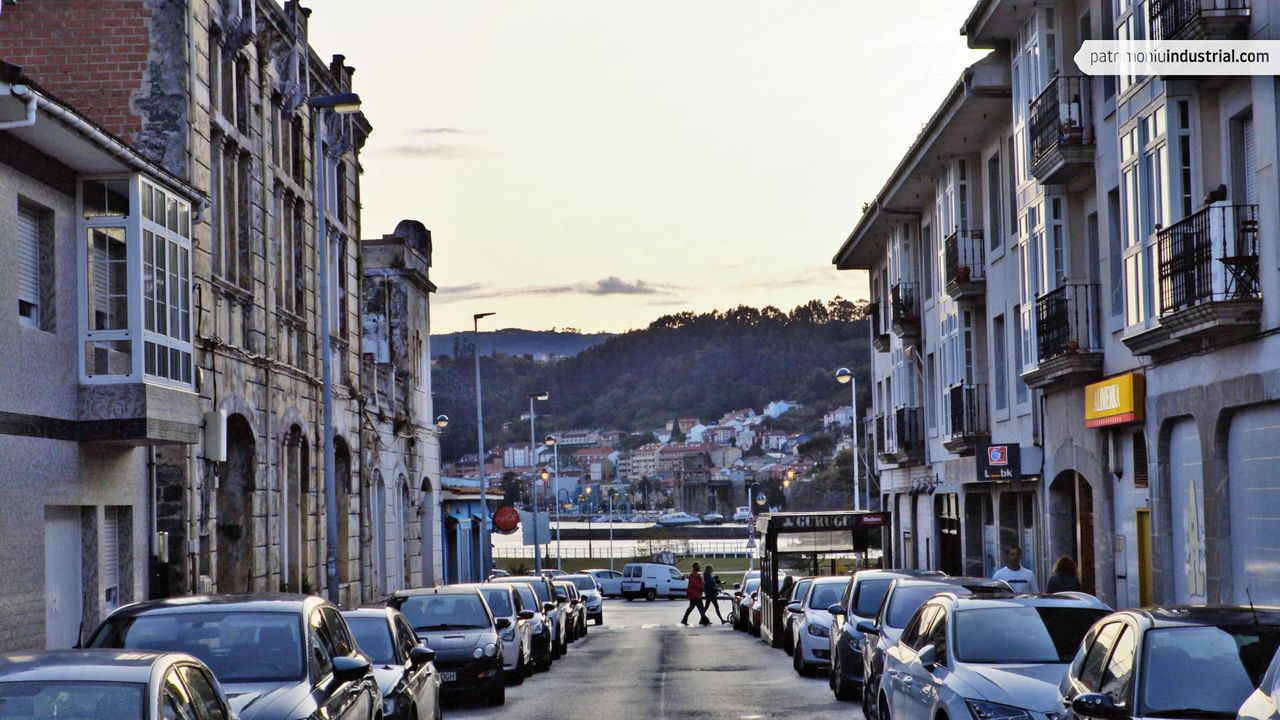
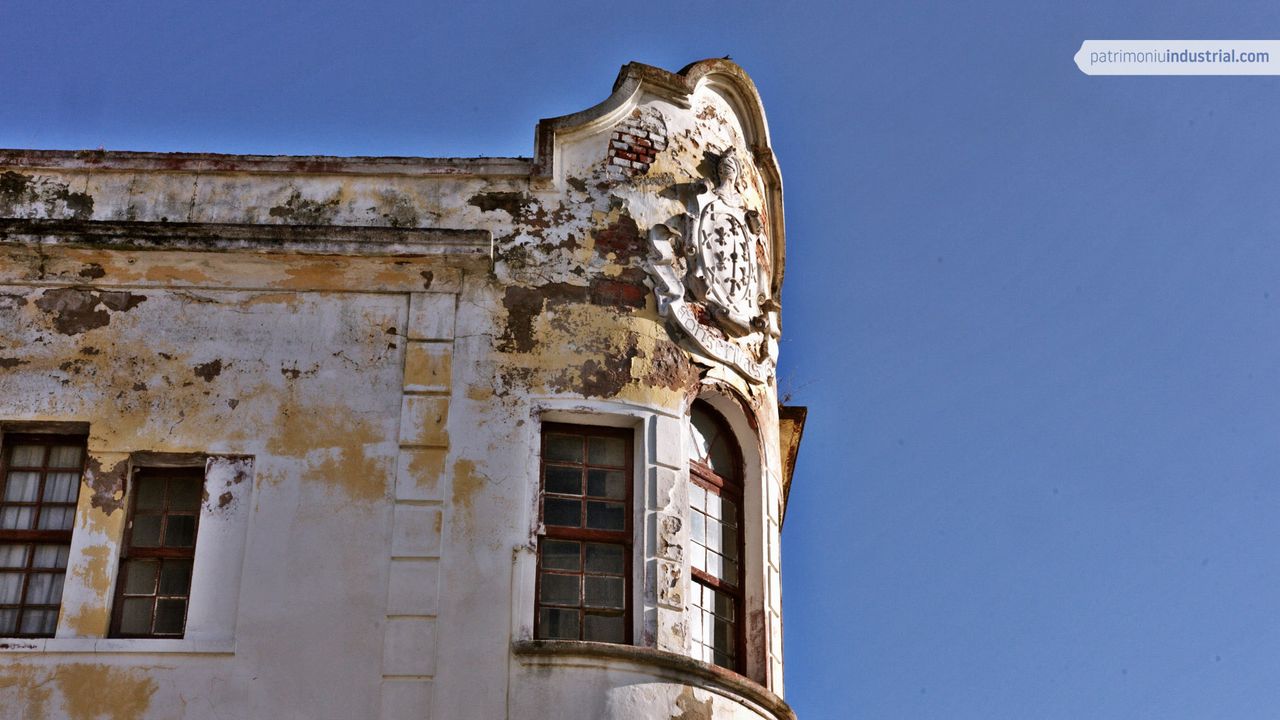
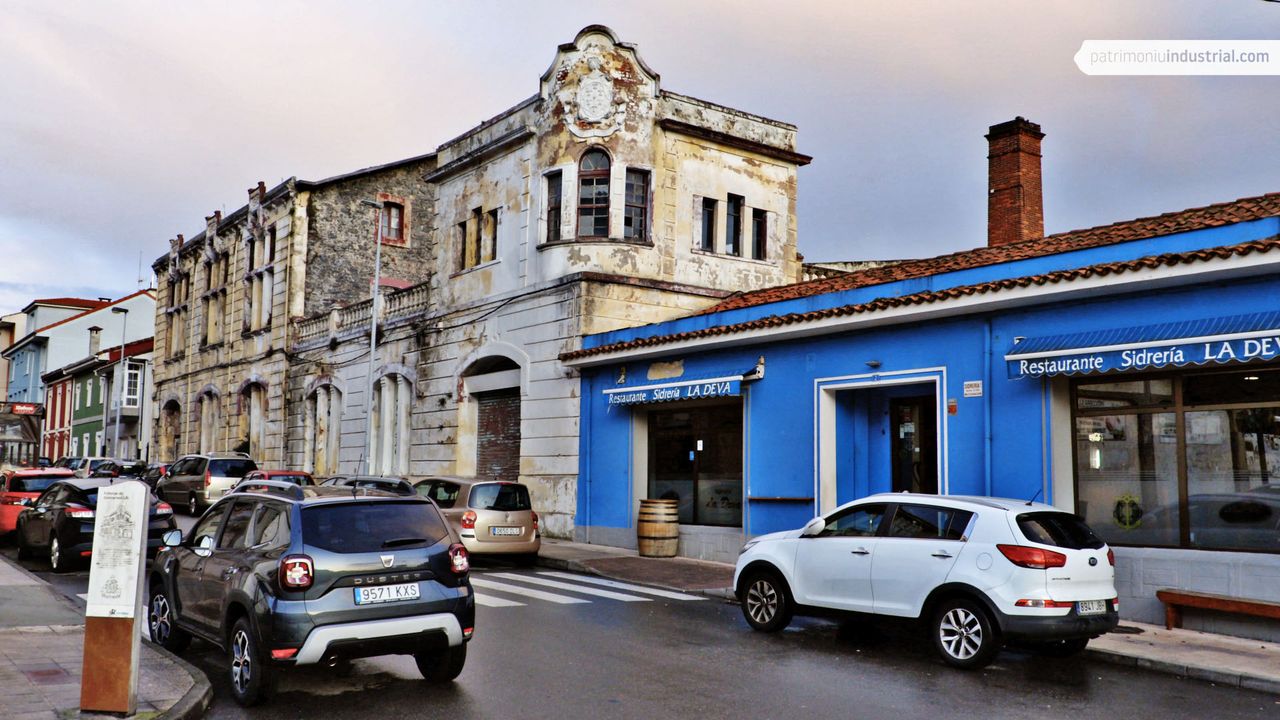

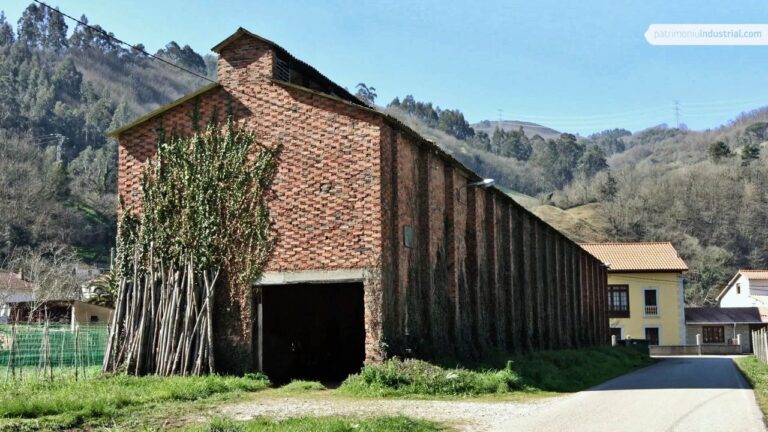
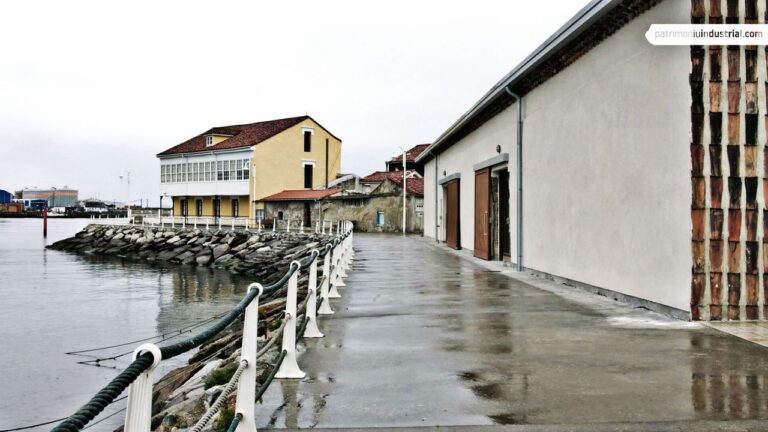

Recent Comments